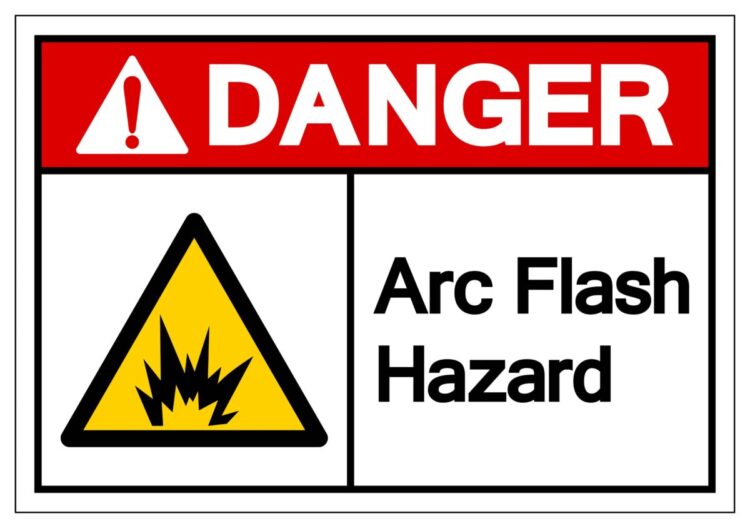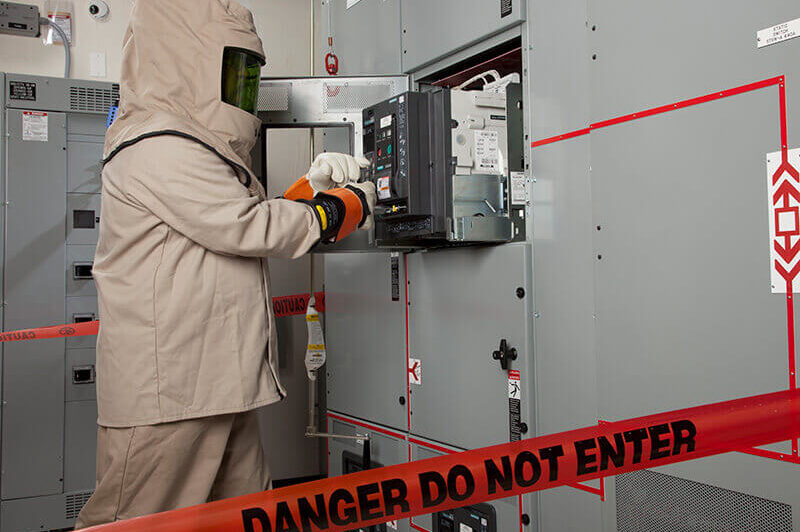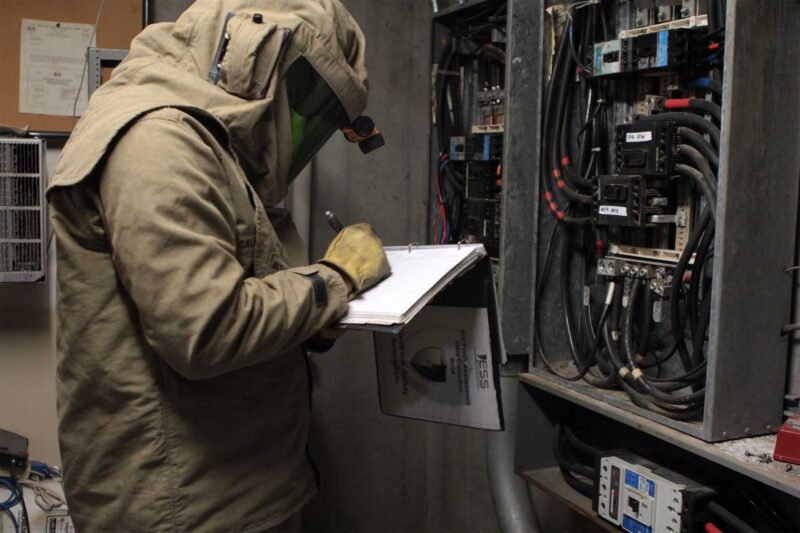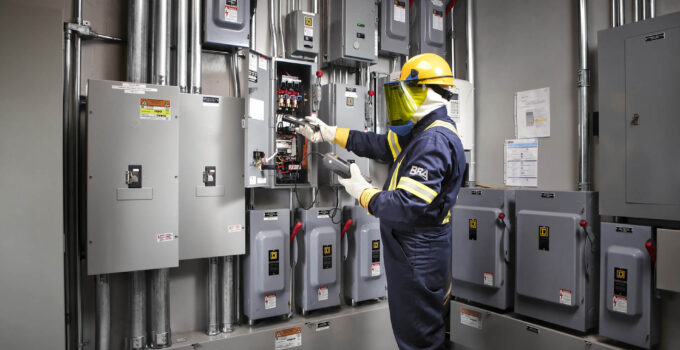In the electrical industry, safety is paramount. Among the many dangers, an arc flash is one of the most hazardous. This sudden release of electrical energy can cause severe injuries and even fatalities.
To minimize these risks, an essential action to take is an arc flash analysis. This is an extensive evaluation of a facility’s power system to determine the odds of an arc flash incident. This analysis looks closely at all connecting parts, such as electrical grids, circuit breakers, and power settings, to comprehend the conditions that could cause an arc flash incident.
Examining the data gathered, like the available short circuit current and incident energy, produces a final output that indicates the probability of an accidental arc flash at the facility. This arc flash analysis forms the foundation for creating the necessary safety precautions.
Page Contents
Understanding Arc Flash Hazards

Source: coboelectric.ca
An arc flash occurs when electricity jumps between conductors, discharging intense heat and light. The explosion can lead to severe burns, hearing loss, eye injuries, and even death. Given these potential consequences, understanding and mitigating these hazards is paramount.
The Importance of Arc Flash Analysis
An Arc Flash Analysis (AFA) is a detailed study of a facility’s power system. The main goal of an AFA is to identify the electrical risk levels and assist in applying appropriate safety practices. It provides critical information about the maximum amount of energy that could be released by equipment requiring maintenance.
Protecting Personnel and Ensuring Compliance
The primary reason for conducting an arc flash study is to protect personnel from potential hazards associated with an electrical system. While arc flash studies do not eliminate risks, they identify them and provide appropriate safety protocols to meet government standards and ensure the safety of personnel.
Improving System Coordination and Lowering Incident Energy Levels
One of the essential ways an arc flash hazard analysis saves lives is by correcting system coordination and lowering incident energy levels. As part of the analysis, an arc flash assessment is completed to identify and address these issues.
What Does an Arc Flash Analysis Entail?

Source: vertiv.com
Completing the arc flash analysis gives workers the confidence to choose the correct Personal Protective Equipment (PPE). It also defines safe working distances. An arc flash analysis includes studying the facility’s power system, identifying potential hazards, suggesting safety practices, and training employees on these practices.
The Consequences of Not Conducting an Arc Flash Analysis
Failing to conduct an arc flash analysis can have severe repercussions. Besides the risk of accidents and injuries, organizations may face hefty fines for non-compliance with safety regulations. Moreover, a lack of proper analysis can lead to operational disruptions due to equipment damage and downtime.
Why Arc Flash Analysis Is Such A Crucial Step in Electrical Safety – In Conclusion

Source: elegrow.com
Conducting an arc flash analysis is not just a crucial step; it’s a necessity in electrical safety. It equips professionals with the knowledge and skills to understand and mitigate arc flash risks, ensuring a safer and more efficient work environment. Therefore, it is an invaluable investment for organizations prioritizing worker safety and operational reliability.





